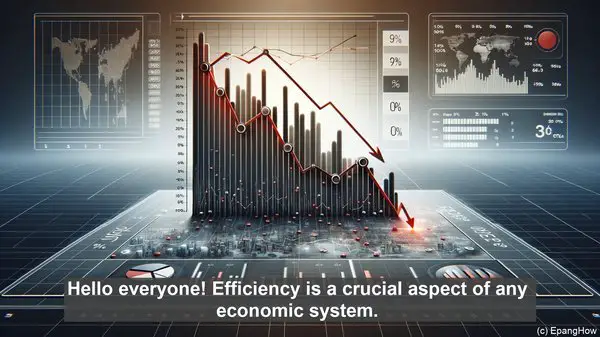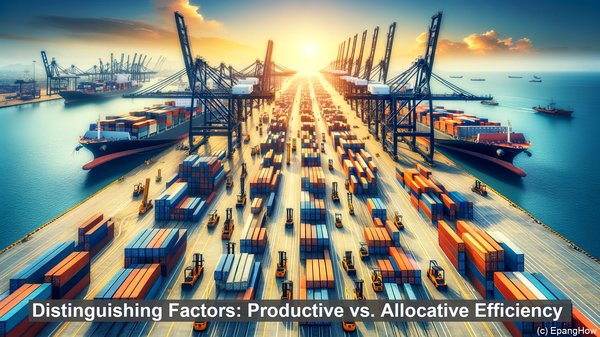Introduction: The Essence of Efficiency
Hello everyone! Efficiency is a crucial aspect of any economic system. Today, we’ll explore two key types of efficiency: productive efficiency and allocative efficiency. While they may sound similar, they have distinct meanings and implications. Let’s dive in!
Productive Efficiency: Maximizing Output
Productive efficiency refers to a state where an economy or firm produces goods or services at the lowest possible cost. In other words, it’s about maximizing output while minimizing input. Achieving productive efficiency often involves optimizing production processes, utilizing resources effectively, and minimizing waste. This concept is particularly significant for firms aiming to enhance profitability and competitiveness.

Allocative Efficiency: Resource Allocation Par Excellence
Allocative efficiency, on the other hand, focuses on the distribution of resources in an economy. It’s about allocating resources in a way that maximizes societal welfare. In an allocatively efficient state, the marginal benefit of a good or service is equal to its marginal cost. This equilibrium ensures that resources are allocated to their most valued uses, leading to an optimal allocation across various industries and sectors.
Distinguishing Factors: Productive vs. Allocative Efficiency
While both types of efficiency are vital, they differ in their core objectives and perspectives. Productive efficiency emphasizes cost-effectiveness and output maximization, primarily benefiting firms. In contrast, allocative efficiency prioritizes overall welfare and resource distribution, focusing on societal benefits. While productive efficiency is more microeconomic in nature, allocative efficiency has broader macroeconomic implications.
Trade-offs and Challenges
Attaining both types of efficiency simultaneously can be challenging. For instance, achieving productive efficiency might involve economies of scale or specialization, which could limit consumer choice or diversity. On the other hand, pursuing allocative efficiency might require interventions like taxes, subsidies, or regulations, which can have their own complexities and unintended consequences. Striking the right balance is a perpetual challenge for policymakers and market participants.

